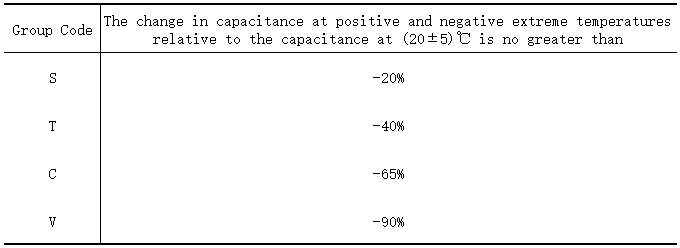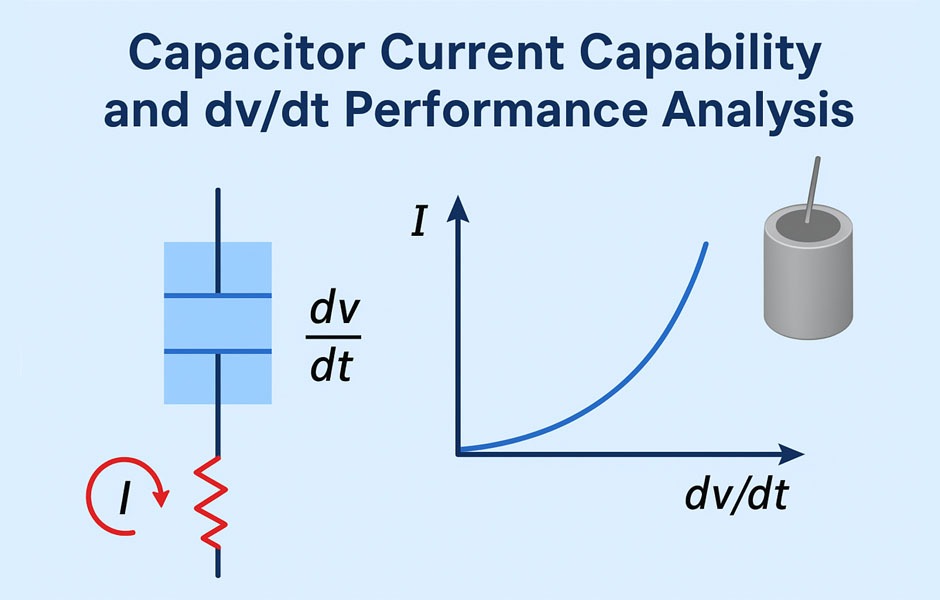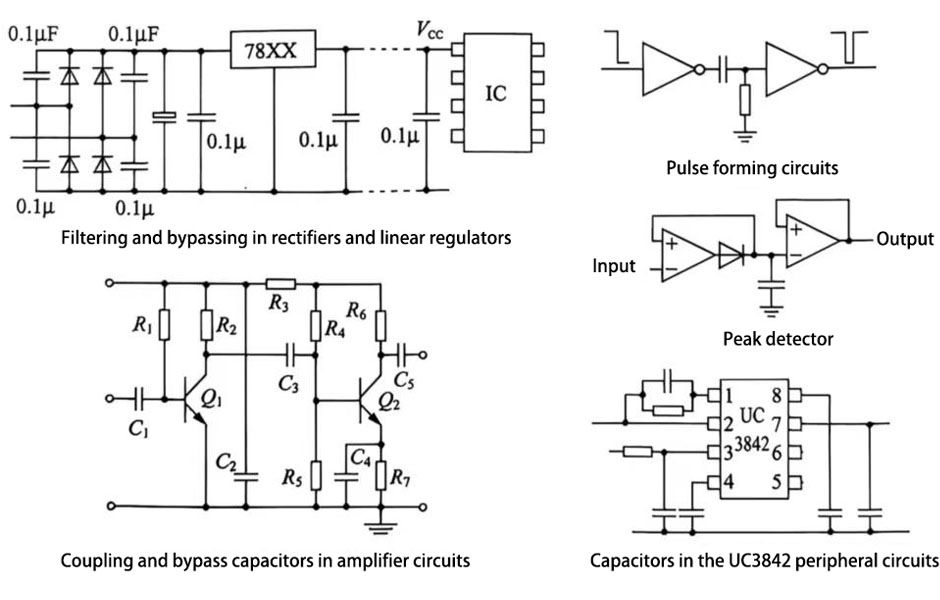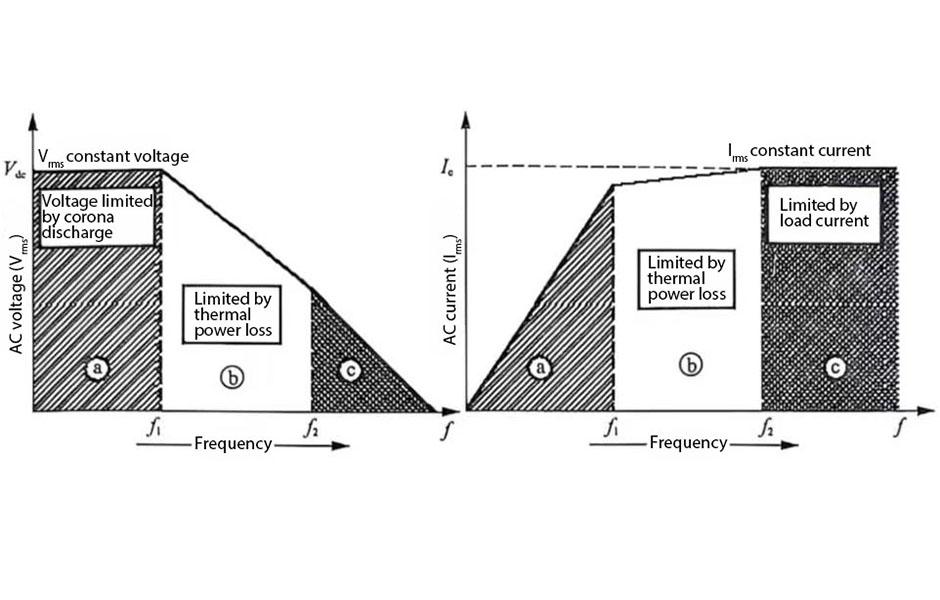1.Ceramic Dielectric Capacitors
Capacitors using ceramic as the dielectric are generally called ceramic capacitors, or simply ceramic capacitors. Due to abundant raw materials, simple structure, low price, and a wide capacitance range (generally from a few picofarads to hundreds of microfarads), low loss, and an adjustable temperature coefficient of capacitance over a wide range, ceramic capacitors are widely used in electronic equipment.
Ceramic capacitors come in many varieties and vary greatly in size. They can be classified according to the characteristics of the dielectric material used: Type I, Type II, and semiconductor ceramic capacitors; according to reactive power: low-power and high-power ceramic capacitors; according to operating voltage: low-voltage and high-voltage ceramic capacitors; and according to structural shape: disc, tubular, drum, bottle, cylindrical, plate, laminated, monolithic, block, pillar, and through-hole types, etc. XUANSN, a well-known capacitor manufacturer, produces ceramic dielectric capacitors that are widely used in various electronic devices.
The general manufacturing process of ceramic capacitors is as follows: material preparation – forming – sintering – electrode coating – electrode sintering – assembly – protective coating – parameter testing – marking – packaging and warehousing.
Ceramic capacitors can be mainly divided into two categories based on dielectric type: Class I ceramic capacitors and Class II ceramic capacitors.
2.Class I Ceramic Capacitors
Class I ceramic capacitors, formerly known as high-frequency ceramic capacitors, are ceramic dielectric capacitors made with ceramic dielectric materials that exhibit low dielectric loss, high insulation resistance, and a dielectric constant that changes linearly with temperature. They are particularly suitable for resonant circuits and other circuits requiring low loss and stable capacitance, or for temperature compensation. my country’s capacitance temperature coefficient group standards are shown in Table 1. Structural forms include disc, tubular, bottle-shaped, cylindrical, stacked, block, pillar-type, and through-hole type.
Table 1 my country’s Capacitance Temperature Coefficient Group Standards for Class I Ceramic Capacitors

Temperature compensation ceramic capacitors refer to ceramic capacitors with a negative capacitance temperature coefficient.
3.Class II Ceramic Capacitors
Class II ceramic capacitors, formerly known as low-frequency ceramic capacitors, refer to capacitors using ferroelectric ceramics as the dielectric, hence also called ferroelectric ceramic capacitors. These capacitors have a large specific capacitance, their capacitance changes non-linearly with temperature, and they have relatively high losses. They are often used in electronic equipment for bypassing, coupling, or other circuits where losses and capacitance stability requirements are not high. Common capacitance temperature coefficient groups are shown in Table 2.
Table 2 Standards for Capacitance Temperature Coefficient Groups of Class II Ceramic Capacitors in my country

Low-frequency ceramic capacitors come in various structural forms, including disc, tubular, drum, stacked, monolithic, block, pillar, and through-hole types.
Besides Class I and Class II ceramic capacitors, the following names are also frequently seen for ceramic capacitors.
4.New Types of Ceramic Capacitors
4.1. Stacked Ceramic Capacitors
To increase capacitance, several silver-coated ceramic plates with a certain capacitance are connected in parallel and stacked together to form a stacked ceramic capacitor, which is also a type of ceramic dielectric capacitor. There are two different forms of this capacitor structure and manufacturing process: one involves soldering silver-coated ceramic sheets together in parallel, coating the surface with enamel or resin, as shown in Figure 1; the other involves laminating and bonding silver-coated ceramic sheets with an encapsulating glaze, firing them, grinding off the glaze layer at both ends, silvering, and soldering leads. Its shape is rectangular, with unidirectional leads. See how inefficient this process of manufacturing laminated ceramic capacitors is! Therefore, its process is complex, with low production efficiency and high cost. Improving the capacitance of ceramic capacitors, the idea of laminated ceramic capacitors is undoubtedly excellent. The manufacturing process of laminated ceramic capacitors has now made great progress, and surface-mount ceramic laminated capacitors are now widely used. XUANSN provides mature production solutions for laminated ceramic capacitors.

Figure 1: Appearance of various high-frequency power ceramic capacitors
4.2. Monolithic Ceramic Capacitors
Monolithic ceramic capacitors are ceramic laminated capacitors, also considered compact ceramic dielectric capacitors. They are obtained after process improvements. It is a ceramic capacitor made by coating electrode paste onto a green ceramic film, stacking several films together, and then firing them into an inseparable whole in one go. It is classified into Class I and Class II based on the dielectric material.
Due to the very thin dielectric thickness (down to less than 0.1 mm) and tight stacking, it has a larger capacitance than ordinary ceramic capacitors. Film-forming processes typically include rolling, casting, and spraying. Electrode materials include metals such as gold, foil, and palladium, so that they can be fired together with the ceramic material in one go. Silver or silver with a small amount of precious metals added is also used as the electrode material. In this case, low-temperature sintered ceramic is selected as the dielectric material to be fired together with the silver electrode in one go. Besides those with leads and resin encapsulation, there is also a bare, block-shaped monolithic capacitor without leads or encapsulation, i.e., a ceramic chip capacitor. It is commonly used as an external component in thick-film hybrid integrated circuits.
Monolithic capacitors have advantages such as small size, high reliability, and good moisture resistance. XUANSN’s monolithic capacitors are widely used in the electronics industry.




